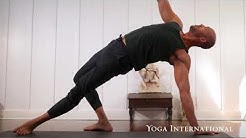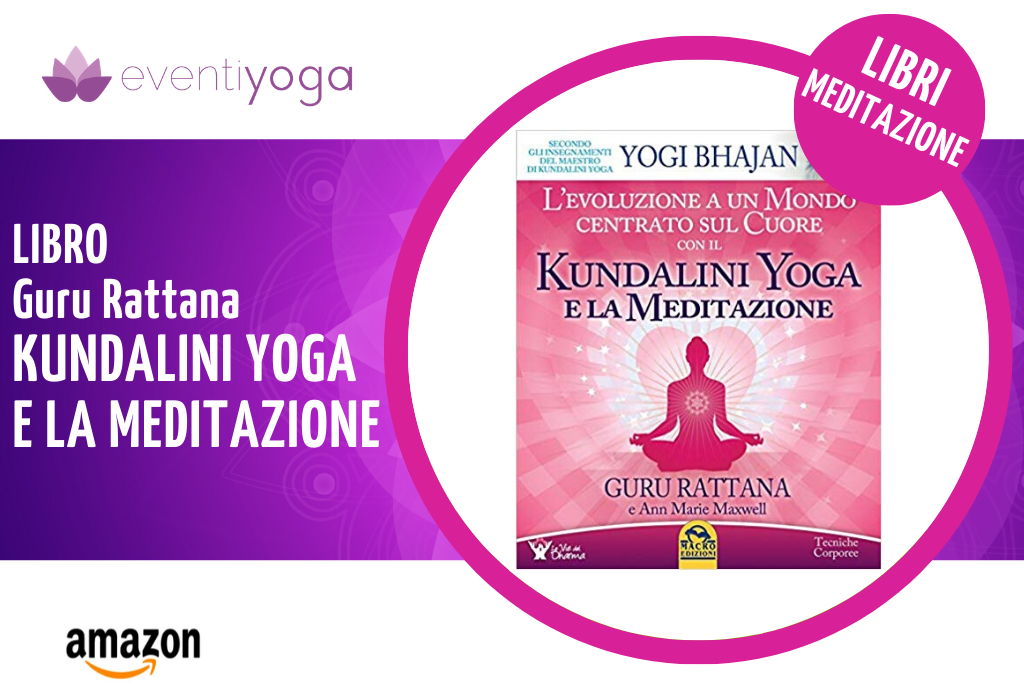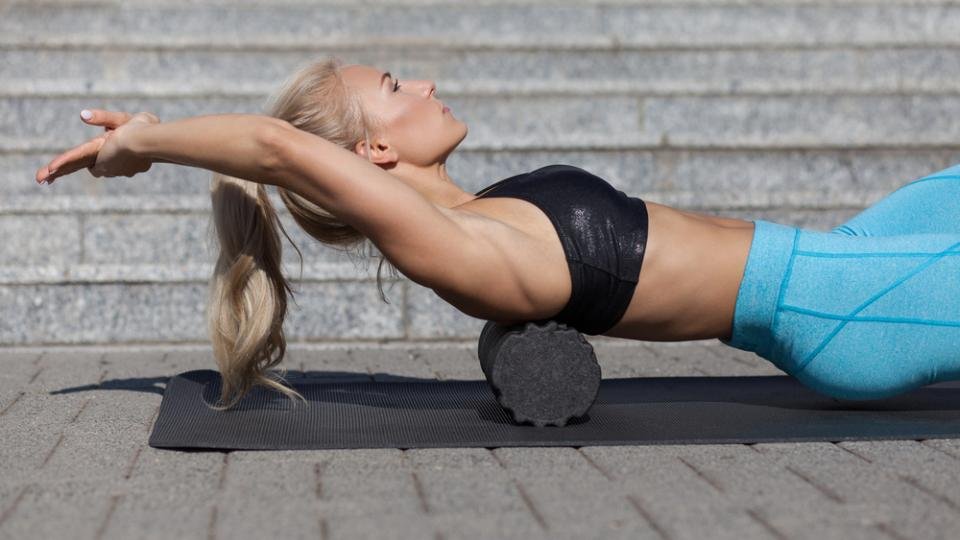
Yoga promotes good health, but it also helps you sleep. Cancer patients have been shown to experience less insomnia when they practice yoga.
Millions of people suffer from insomnia, which can be harmful to their physical and mental well-being. If you're having trouble falling asleep or waking up in the middle of the night, here are some simple yoga poses that will help you relax and get a better nights rest.
sleeping yoga pose
By practicing a few simple breathing exercises or stretches, you can easily fall asleep. These techniques don't require much time and can be done anywhere, including your bedroom or even while you're in the shower.

Yoga poses for sleeplessness can be used to relax the body and mind or release tension. No matter what yoga pose you decide to do, it's crucial that you remain consistent with your practice. Breathe deeply at each session.
Be sure to feel comfortable before you attempt a new position. Otherwise, you could experience discomfort or even pain. If you don't feel ready for the pose yet, just start with a gentle version and work your way up from there.
sleeping yoga nidra
One of the most effective practices of Yoga is Yoga Nidra, which can help you relax your body and mind to sleep more easily. It can also improve memory and decrease anxiety. You can try a guided Yoga Nidra session to relax before bed or listen to a relaxing audio file while you're trying to fall asleep.
Yoga can be a great sleep aid, but not everyone will benefit from it. You should consult your doctor about starting a Yoga routine if you suffer from any medical conditions, or are pregnant.

sleep yoga poses for insomnia
Some of the best sleeping Yoga poses are designed to release tension and relieve stress in your body, which is a major contributor to getting a good night's sleep. These poses will give you the opportunity to practice deep breathing, which has been shown to have positive impacts on your sleep.
sleep yoga nidra
Yoga Nidra can also help you to sleep better by helping you become more aware and conscious of your emotions. This can also reduce anxiety and ease depression, and it's a great way to unwind before bed.
Sleep Yoga Poses For Insomnia-Easy and Safe!
These poses are gentle and simple to perform. You can perform these poses before leaving for work in the morning or before going to bed at night. These postures should be held for 5-10 deep breaths to help you get rid of problems like insomnia, erratic sleep patterns, and disturbed sleep.
FAQ
Is yoga safe?
Yes! Yoga is generally considered low risk and safe for all. If you have any injuries or medical conditions, consult your doctor before starting a yoga practice.
Are there yoga classes that cater to people with special requirements?
Yoga studios can offer classes that are adapted for people with disabilities. These include:
-
Physically challenged individuals who want to improve their posture
-
People with limited mobility
-
People with arthritis
-
Patients who are recovering after injuries
-
Seniors
You can encourage someone you know to take these classes.
How long do yoga classes take?
Most yoga classes last 45 to 90 minutes. Some teachers offer shorter, longer, or both sessions throughout the week.
Is there much sweat involved in yoga?
It depends on the type of yoga that you practice. Vinyasa flow (or power) yoga involves lots of jumping, twisting, and turning movements. It's not uncommon for people to sweat heavily when they practice yoga.
Hatha yoga, however, is focused on forwarding twists and bends. The poses aren’t particularly strenuous so practitioners won’t experience excessive sweating.
Do I need heat before I do yoga?
No. No.
However, stretching your muscles before going to exercise can help to relax stiff or sore muscles.
How long does it take for yoga to be effective?
It takes time to practice yoga, but it is always a good workout. It takes time for you to gain strength, flexibility, as well as endurance. It is important to start slowly and increase your intensity gradually until you reach the optimal level.
Consistency will be the key. The more you practice, you will become better at it.
As a beginner, can I practice yoga every day?
Yoga is a great way to stretch and strengthen your body. Yoga can help you relax and let go of stress. You don't have to be a yoga expert to start practicing it regularly. Beginners should practice yoga for 20 minutes three times per week.
This is enough time to get started. You can increase your practice time gradually.
Statistics
- Lock in 25% off your Founding Member rate. (corepoweryoga.com)
- Start your Fall off right with 20% off All Access Membership when you sign up by 9/25! (corepoweryoga.com)
- Gentle yoga has been shown to ease some of the discomforts of tender, swollen joints for people with arthritis, according to a Johns Hopkins review of 11 recent studies. (hopkinsmedicine.org)
- According to the Agency for Healthcare Research and Quality, falls are incredibly common among older adults in nursing facilities. Even the simplest ones can increase the risk of death (24). (healthline.com)
- About one in seven U.S. adults practiced yoga in the past 12 months, according to a 2017 national survey. (nccih.nih.gov)
External Links
How To
Yoga is a good exercise?
Yoga is not just for people looking to lose weight. It also helps you develop flexibility, balance, coordination, strength, focus, and calmness.
Yoga is more than just exercise. It's also an art form. The poses are used as a way to relax and meditate. They improve posture, concentration, and respiration.
The term "yogi" refers to someone who practices yoga. Yogis follow various forms of yoga, including Hatha, Ashtanga, Iyengar, Vinyasa, Bikram, Kundalini, Yin Yang, and Restorative.
There are many types of yoga, but they all have similar goals. Each type focuses on different aspects of health and wellness. There are many yoga styles, including Hatha, pranayama and meditation.
There are some yoga movements that don't require equipment.
-
Sun Salutation – The series of 12 positions starts with forward bend followed by 10 poses.
-
Warrior pose - This is when you hold a stick or a staff and take a warrior's pose.
-
Triangle Pose – To achieve this pose, you need to raise one leg and then bend at the knee.
-
Standing Forward Bend - This pose is performed by sitting on the floor with legs straight and then folding forward at the waist.
-
Seated Twist: This is a pose that can be done while seated on a mat or in a chair.
-
Cobra Pose – This is a pose where you lie flat on your back and raise your arms above your head.
-
Child's Pose – This is the position where you lie face-up on the ground.
-
Cat/Cow Pose -- This pose is a mix of a cow pose and a cat pose. As you lie face down, lift your upper body off of the ground. Roll over on your back and place your hands underneath your shoulders.
-
Head Tilt: This is when you tilt your head back and keep your eyes closed.
-
Shoulder Stand – This is a standing position in which your feet are raised above your head.
-
Tree Pose – This pose involves kneeling on your heels with your hands beneath your shoulders.
-
Bow Pose – This is when you bend forward from your hips and place your hands on the ground.
-
The corpse pose is held for five to ten minutes.
-
Mountain Pose: This pose is known as mountain pose, because it requires you to stand tall and keep your spine straight.
-
Legs Up the Wall Pose- This pose can be achieved by hanging upside-down at a wall.
-
Side Angle Pose- To achieve this pose, lean against a wall while putting your right elbow next to it.
-
Plank Position – When you are lying flat on your stomach, and your left arm and right leg extend apart from one another, this is called the plank position.
-
Bridge Pose: This pose can be achieved by balancing on your elbows or toes.
-
Reverse Table Top Position - You can achieve this pose by lying on your stomach and reaching towards the ceiling.
-
Handstand - This position requires balance and strength. Hold yourself in between two walls or use a door frame to do this pose.
-
Half Moon Pose - This pose is also known as Hero Pose. It's performed by standing on both your hands and toes.
-
Headstand (or Hold) - This requires strength and balance. This pose can be done on a wall, or by using a doorframe.
-
Forearm Balance – This is a pose where your forearms rest on a tabletop.
-
Spinal Twist - This pose lies on your belly while reaching your arms.
-
Supported Bound Angle Pose - This pose requires balance and support. To lean on a sturdy object, such as a tree trunk or an old beam, you'll need one.
-
Wide Leg Forward Fold – This is achieved by extending your legs out and touching your toes.
-
Single Pigeon Pose: This is a variation of the forward-folding wide-leg position, but with only one leg.
-
Extended Puppy Dog Poses - This pose can be very relaxing. This is done by stretching your legs outwards and bending your knees.
-
Seated Forward Bend - This pose is sitting cross-legged and stretching your hamstrings and calves.
-
Crow Pose – This pose can be difficult but rewarding once you are able to master it. The trick is to raise your arms higher than your head and lower them so that they touch the ground.